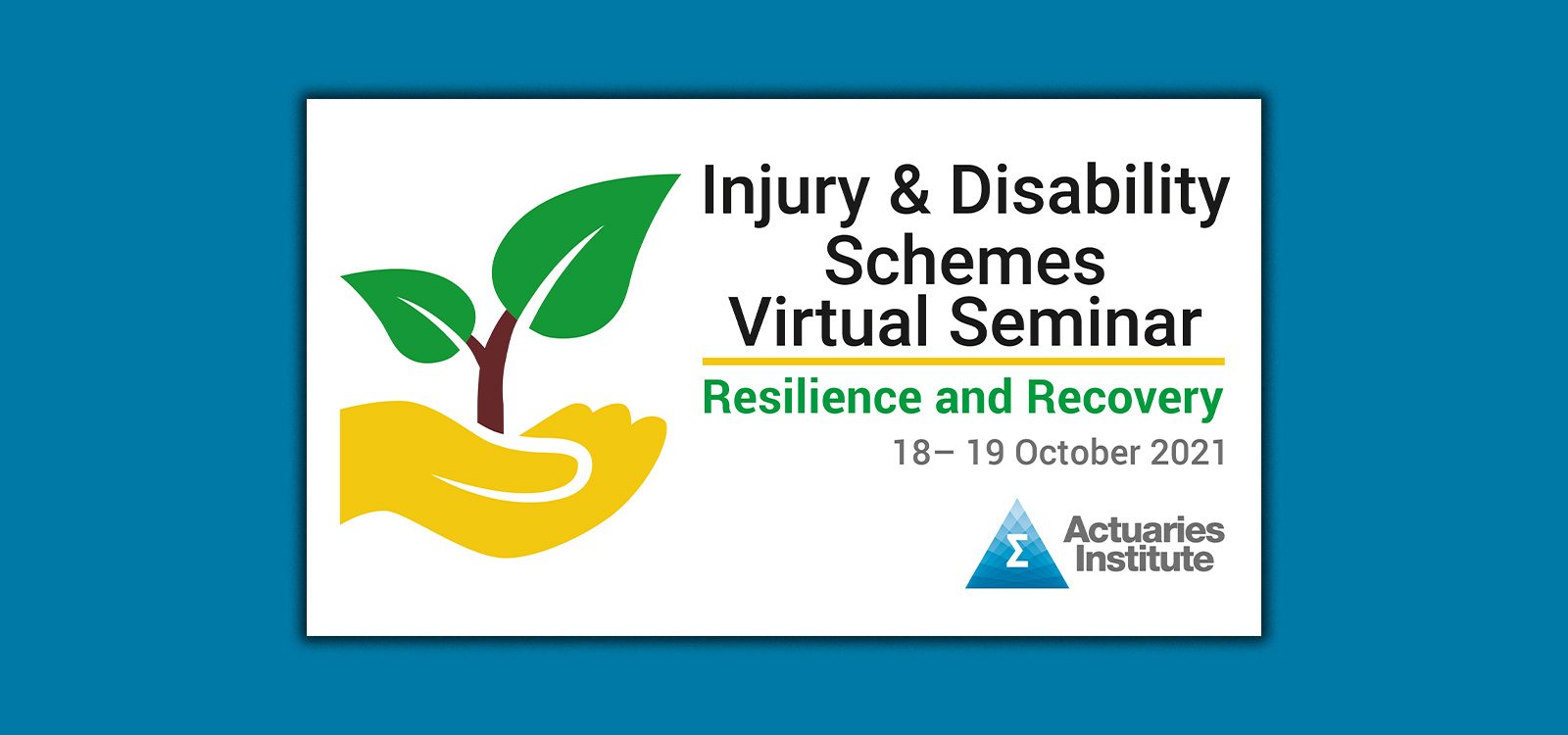
Plenary highlights from the IDSS
The IDSS brought together actuaries, scheme administrators, regulators, researchers, and injury and disability specialists over two days.
Opened by Actuaries Institute President Jefferson Gibbs, the IDSS offered attendees a birds-eye view of innovative developments in the disability industry, including investment trends, technology, and improving standards for psychological injury claims. The Plenary sessions were facilitated by noted author and popular science commentator Dr. Karl Kruszelnicki, and keynote addresses where given by Dr. Karl and Dr. Dinesh Palipana, a founding member of Doctors with Disabilities Australia.
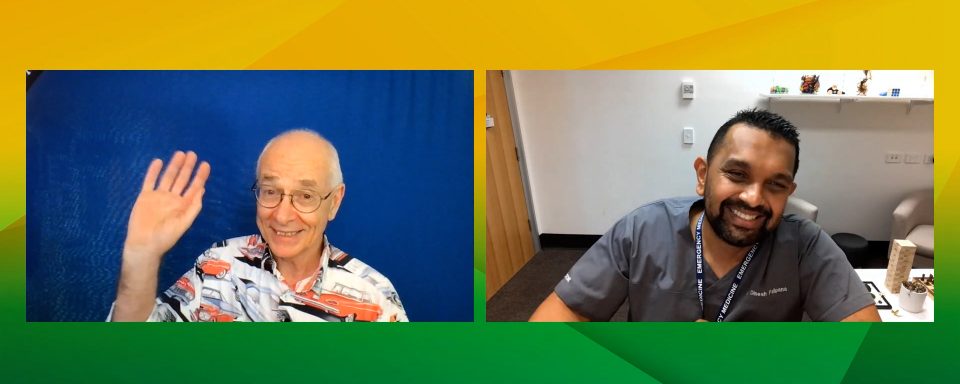
| In the lead up to the IDSS, Dr. Dinesh Palipana joined IDSS Convenor Vivian Tse on the Actuaries Institute Podcast to discuss the importance of disability inclusion and their experiences with the injury and disability scheme sectors. Listen here. |
Attendees could also choose from a wide variety of Concurrent sessions, ranging from updates on the various state and Federal disability schemes, causation in datasets, rideshare vehicles across CTP jurisdictions, and improving work participation.
Plenary #1: Investment and innovation: Building a better system
The first Plenary of the conference looked at innovation and investment in the insurance industry.
New Zealand’s Accident Compensation Corporation (ACC) has implemented a new disciplined innovation process for injury prevention, covering building and testing hypotheses, and changing their approach to piloting initiatives in communities, said the Head of the ACC Levies business unit, Paul Gimblett.
“The ACC is now investing $NZ100 million per year in injury prevention work, leading to a reduction in upcoming levies,” Paul said.
David Bacon, of QBE, noted there has been a change in recent years in existing operating models among insurers, shifting from a focus on following process in injury recovery, leaving more room for true empathetic interactions with insureds.
“That has in turn created simplifications in claims management systems, leading to nimble, lightweight claims management applications with less central functionality but more satellite applications that can be added in and removed as needed,” David said.
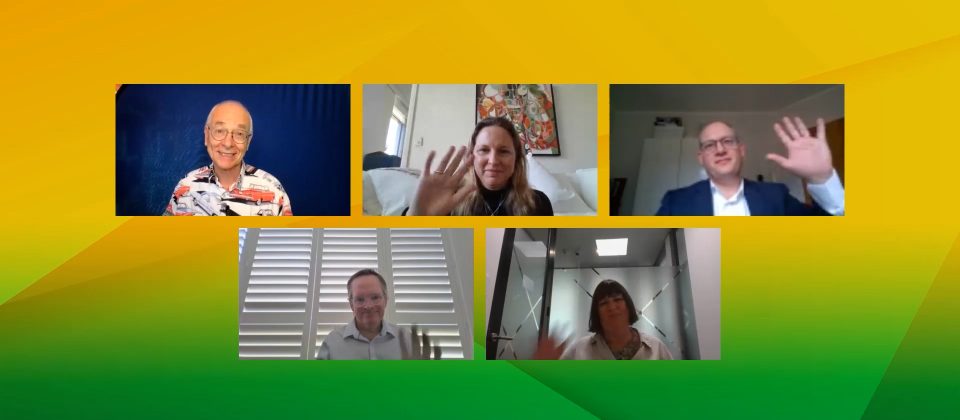
Plenary #2: Managing psychological injury claims – seeking a gold standard
The second Plenary of the conference examined the rise in mental health claims, a trend attributed by University of Sydney Professor Nick Glozier, to both social and workforce changes over the last 20 years.
“Mental health among young people has been declining for between five to six years, even before the COVID-19 pandemic, which has probably accelerated the trend,” Nick said.
This generation has recognisably worse mental health than their older peers, so as the younger generation move into the workforce, the overall mental ill-health of the workforce will worsen, he warned.
Nick also noted that Australian workers were grappling with more flexible work conditions, with less control yet increasing complexity.
All this will lead to a rolling set of increasing large waves of mental health claims over time.
Managing Director of the Wellbeing Outfit, Jono Nicholas, agreed that mental health is worse in young people, but there was no reason to believe young people would be less resilient in work than previous generations if we emerge out of the pandemic in such a way that younger generations saw a wonderful work future.
“There is a ripe opportunity to change the trajectory of mental health because it is now at the top of the priority list for many executives,” Jono said.
Dr. Petrina Casey, of the State Insurance Regulatory Authority, noted that dealing with damaging behaviours at work was the key to improving mental health in the workforce.
“There is a proportion of psych injury claims, but not the majority – they are more likely to be due to bullying and harassment,” Petrina said.
Comcare has been trialling early intervention and prevention programs in the workplace where workers could see a number of specialists, including a physio and psychologist for a limited time. These programs have seen really promising results, according to Comcare’s Natalie Bekis.
“The key ingredients for successful early intervention pilots were trust and confidentiality,” Natalie said.
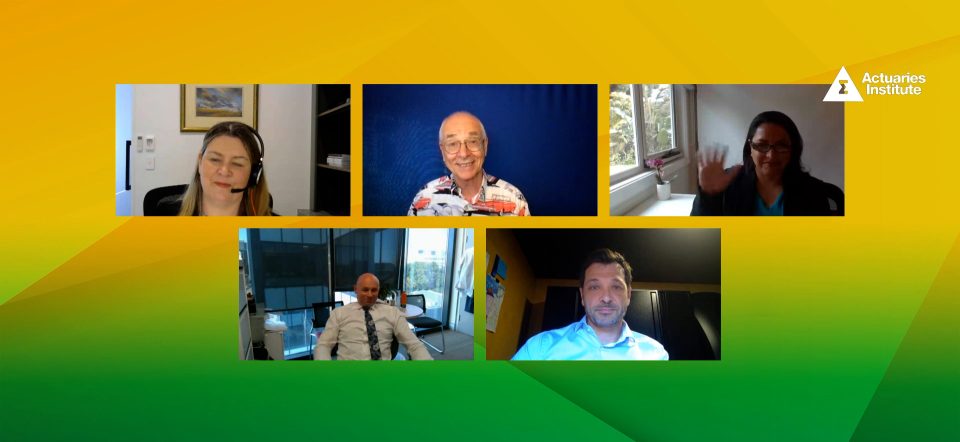
Plenary #3: The front line
The second day of the IDSS opened with a look at the evolution of case management and service delivery over the last decade.
Every session speaker agreed that case managers were handling a greater number of claims compared to previous years.
Aidan Brophy, of WorkSafe Victoria, noted that it was difficult to find a career case manager in the industry due to opportunities to progress their career and the retention challenges the industry faced.
Aidan noted that WorkSafe was working to reduce caseloads by increasing the number of case managers coming into the scheme.
The increase in mental injuries, complex claims, and secondary mental health concerns was leading to a growth in active claims across the scheme, and WorkSafe was working to reduce the number of open claims from 55 to 35 over the next few years.
An increasing number of case managers at QBE come from a customer service background, rather than from allied health or the legal sector, according to QBE’s Healthcare Manager for NSW CTP Claims, Purnima Kant.
EML General Manager Workers Insurance, Matthew Vickers, warned those in senior and policy-making roles needed to look for ways to reduce the complexity of the role of the case manager.
“Reducing the complexity of the case manager’s work would help their capacity to form relationships with claimants and naturally translate into improved RTW outcomes,” Aidan told the audience.
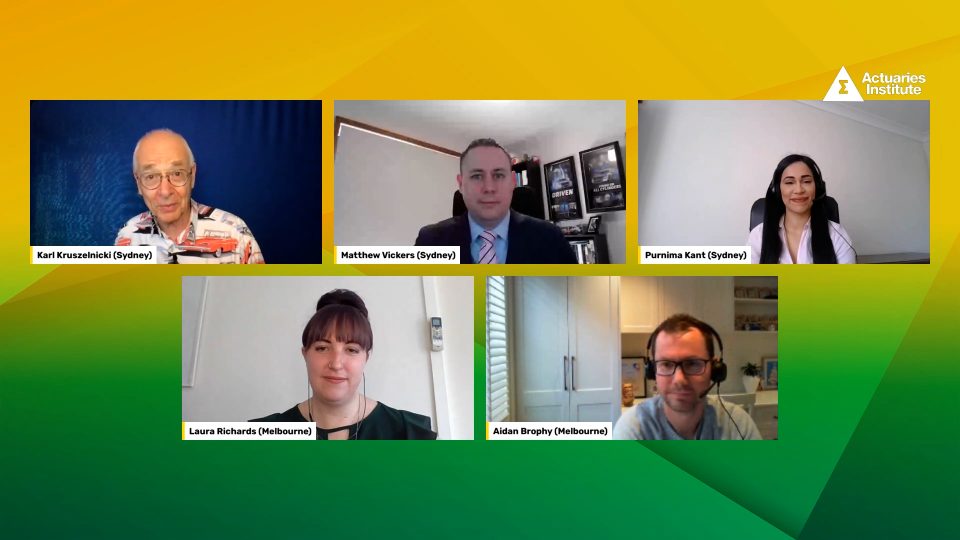
Plenary #4: Future-changing technologies
The last Plenary of the conference investigated advancing technology changes and innovation in the bionics sphere and in automated vehicle technology.
The Queensland Department of Transport and Main Roads (DTMR) is piloting several automated vehicle trials, including in South East Queensland, where they were deploying ‘connected’ cars with hazard reduction technologies.
Dr. Miranda Blogg, of the DTMR, told the audience that such pilots had seen a 20% reduction in crashes, or a $3.40 benefit for every $1 spent.
There have been 30 trials so far in Australia of automated vehicles, mostly of driverless buses, according to Marcus Burke, of the National Transport Commission.
Many of these trials demonstrated some of the challenges of telecommunications in automated vehicles, and also exposed problems calibrating the sensitivity of the vehicles, which sometimes resulted in them stopping every five metres.
Miranda told the audience many of these trials of driverless shuttles were reliant on as-yet unbuilt infrastructure and beacons to stay in their lanes.
Robyn Stokes, of Bionics Queensland, led the audience through fascinating innovations in the bionic sphere. However, in response to an audience question about the readiness of medical specialists to adopt new bionic treatments, she noted there was some still a way to go until a patient could go to their GP and ask what latest technology could help manage their chronic disease.
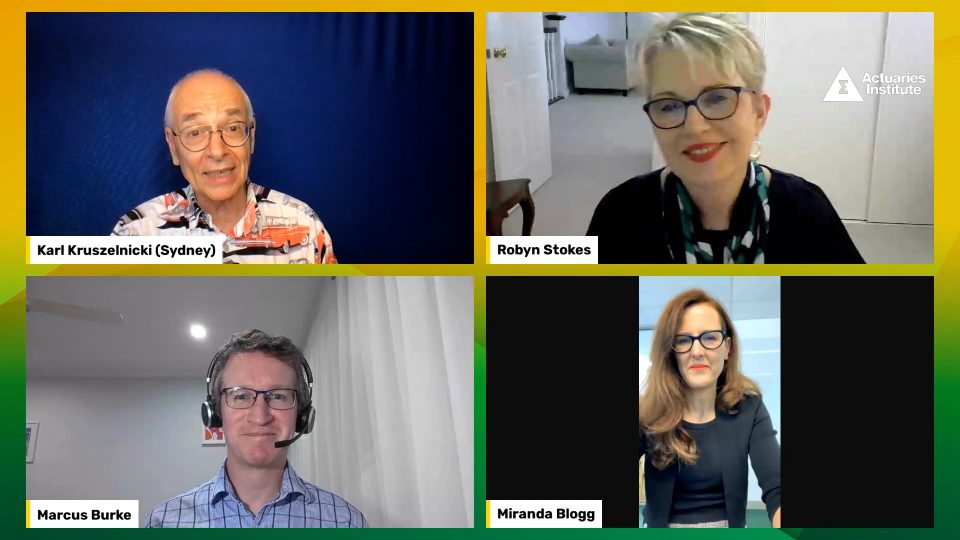
| All Plenary and Concurrent sessions are available in full and on demand to IDSS registrants through the official IDSS event platform.
Visit Event Reports on Actuaries Digital for further reports on the IDSS. |
Gold Sponsor:
CPD: Actuaries Institute Members can claim two CPD points for every hour of reading articles on Actuaries Digital.







